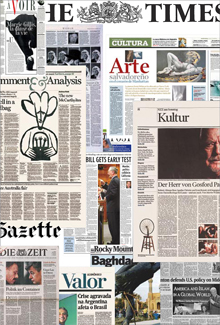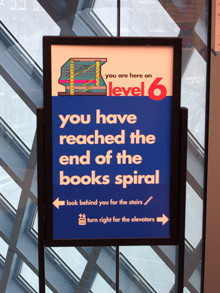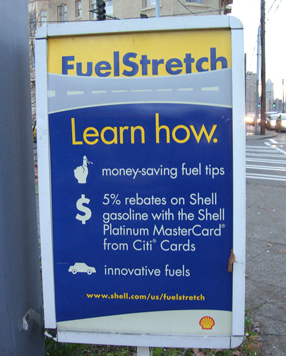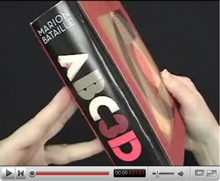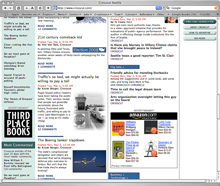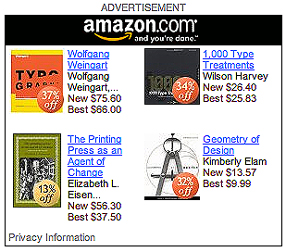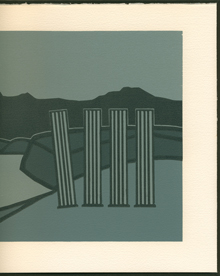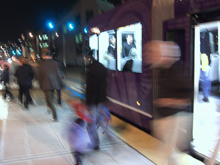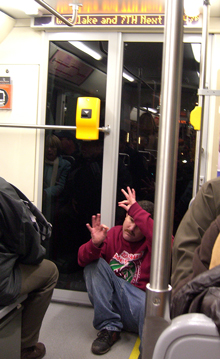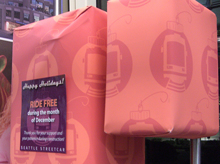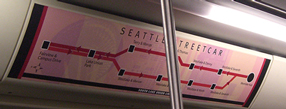Today in his blog on Wired.com, Bruce Sterling wrote a post called “Historical Musings About the Future Ruins of Seattle,” with a link to a “future tour” of the ruins of Seattle’s ancient 520 bridge (“Come Visit the Historic Ruins of Highway 520”).
This made me think of a short piece I wrote in the late 1980s, when the local culture of the Capitol Hill neighborhood in Seattle included ingenious artistic flyers posted on telephone poles – all sorts of art and text, quickly xeroxed and stapled to the wooden poles, soon to be soaked and weathered away, or torn away by irate citizens, or simply covered over by the next layer of new flyers. Many were ads for bands and clubs, part of Seattle’s well-known poster culture. But what I did was create tiny stories, each one complete in itself, and post them on the phone poles in the neighborhood.
One of them was called…
Roman Seattle
from The Mossy Stones Speak: A Handbook of Roman Seattle
It’s easy to see, as you walk around the top of Capitol Hill, the remnants of the ancient Roman city. The capital-less columns on the side of the hill are only the most obvious reminder; now they overlook the freeway, but once from that spot you could have looked west toward the colony’s busy port. The Gallo-Roman tower at the northern crest of the hill, now used for the storage of drinking water, may in fact pre-date Roman settlement, although it shows no sign of Phoenician influence. (Excavations in the vicinity of Volunteer Park have not uncovered any evidence that the tower was connected with the aqueduct system, which implies that its use as a water tower is of much more recent origin.)
Very little else remains of the Roman city, yet its stones and paving have been used again as the building blocks of modern Seattle. It is easy to see fragments of concrete pavement in the walls shoring up the city’s terraced yards today. These chunks of paving have often been brought from more than one site and jumbled together, making it virtually impossible to reconstruct the original location, despite the wealth of material. There are very few inscriptions dating from this period, even fewer than one might expect from random jumbling; it is possible that the local people ransacking the ruins for building materials deliberately discarded fragments with inscriptions on them, or turned the incised sides toward the earth for aesthetic or superstitious reasons.
The plunder of ancient Seattle still goes on, to the despair of archaeologists specializing in this area. The city continues to feed off its own rich and lengthy past, and if it diminishes the record in the process, it does assure a continuity in the successive waves of history that have crested here.
(© 1991)
In 1991, Chris Stern turned my little story into a gorgeously printed letterpress book, hand-bound in boards with accordion-fold pages, hand set and illustrated with his own woodcuts, which were printed in five different shades of gray. I have letter “A” of twenty-six copies. The image at the left is a detail from the principal illustration.
Categorized as book design, culture |

